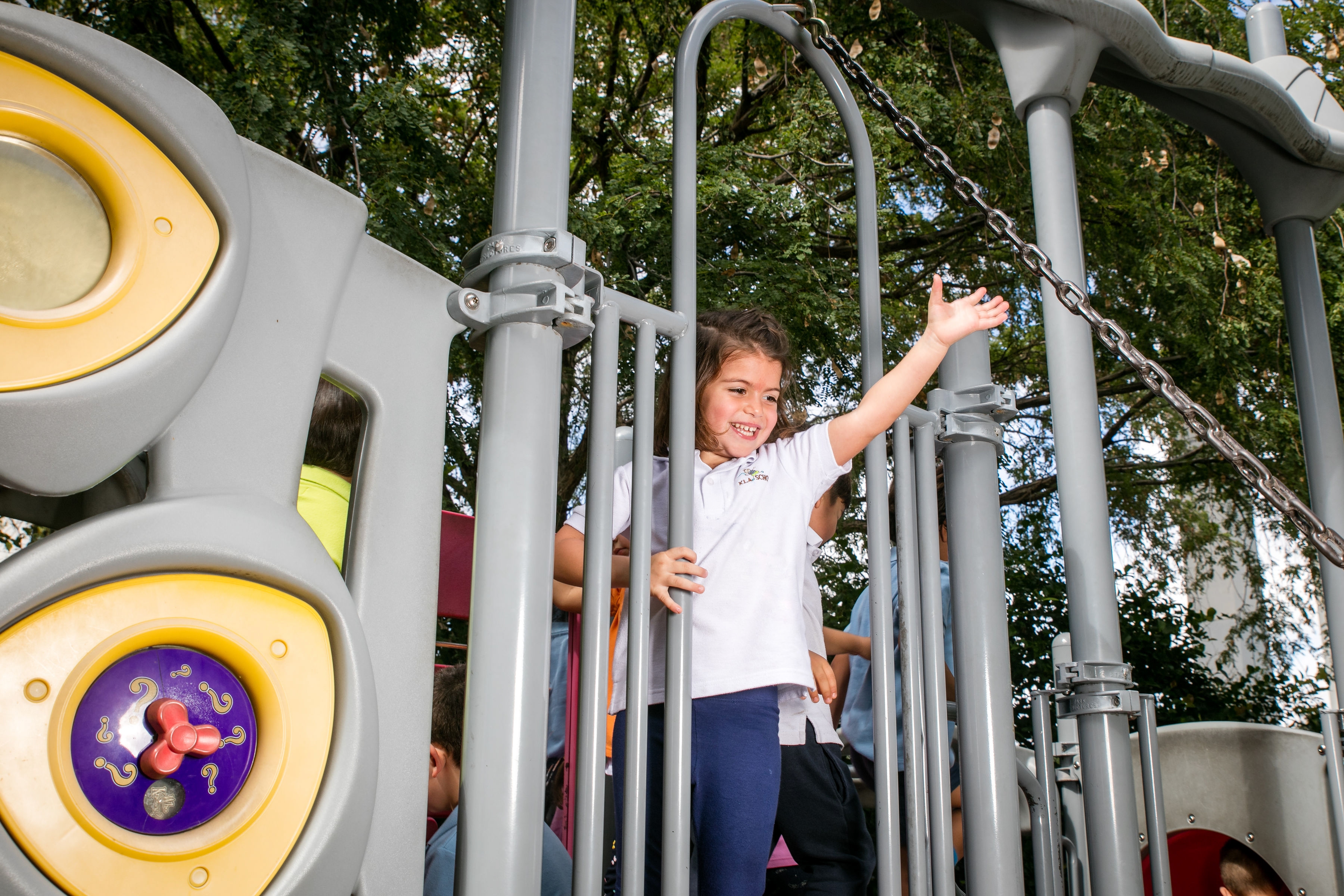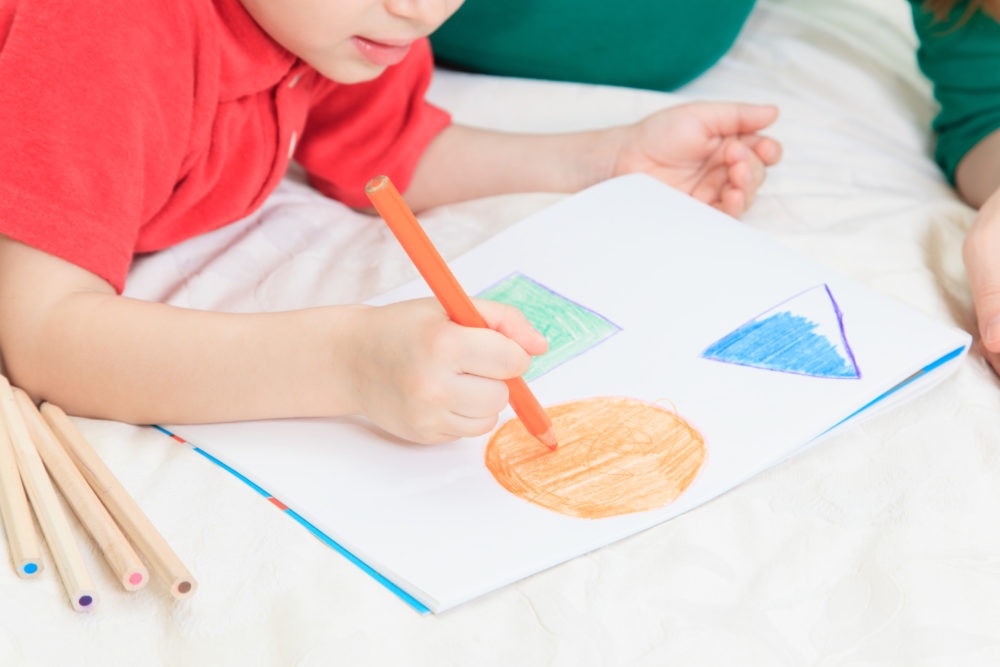May 12, 2016
Introducing Math Concepts to Your Preschooler
As adults, we tend to think of math in complex ways. We imagine intricate formulas, or the sort of everyday math we use with our finances. However, our earliest math concepts had their root in our youngest years, and your preschooler is no different. The math your preschooler is being introduced to is very simplistic, but is an important building block to future learning and day-to-day life.
Here are some ways you can introduce math concepts to your preschooler, and keep her interested in the years to come.
Promote numbers and counting at home
Learning his numbers and how to count can seem like a very confusing concept for a preschooler. However, you can help to make it enjoyable by singing songs that involve numbers, or teach him how to count using interesting objects like buttons, teddy bears, or raisins at snack time.
The concepts of “greater than” and “less than” are also important math building blocks. You can help your preschooler understand these concepts by getting his help with measuring ingredients while cooking, or asking him questions like, “Is the black dog bigger or smaller than the brown dog?”
Encourage pattern recognition and creation
Being able to arrange items in a logical, repeatable way is another important foundation of math skills. Pattern recognition can also lead to stronger social skills, as they help preschoolers use logic to make predictions about what will happen next, and use reasoning.
Repeating patterns, where objects are arranged in a certain order again and again, can be taught in ways such as: arranging colored blocks (try three-color patterns such as blue-yellow-green, blue-yellow-green), asking your child to decorate her weekend pancakes with alternating blueberry and strawberry slices, or singing clapping songs such as Patty Cake.
There are also growing patterns, where objects are added sequentially in a pattern. One way you can help your preschooler learn growing patterns is to lay out some colored blocks on a table in a pattern such as red, yellow, red. Then, beneath those blocks, arrange another row in a red, yellow, yellow, red, pattern. Help your child see that you have added another yellow block in the second pattern, and ask for her help putting the third row together.
Help them to understand shapes
Basic shapes are fundamental to developing future geometry skills. You can ask your child to name the shapes of everyday objects like a book, a traffic sign, or a window, and use shape names in conversation. They may not fully understand 3D shapes like cones or cubes at this age, but go slowly and be patient with your preschooler. When it comes time to build upon these shapes in later schooling, he’ll already have some knowledge to draw from.
Talk to your child’s preschool teacher for advice
Your child’s preschool teacher is likely already teaching your child about patterns, shapes, numbers, and counting, and is a great resource for your at-home learning. Talk to the teacher about what activities or songs they use to help children learn math concepts in class, and ask what they recommend for you to continue that education at home. The teacher may also have some useful advice about your specific child and what she might respond to best.
Preschoolers are very curious, and are often naturally drawn to basic math concepts such as numbers, shapes, and patterns. Incorporating these concepts into your everyday life at home will help your preschooler build a vital foundation in math skills, and a love of future learning.

